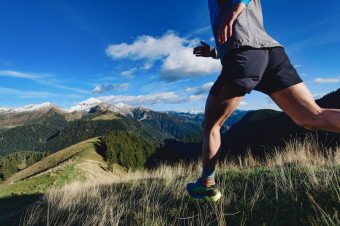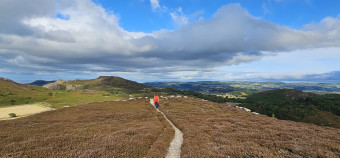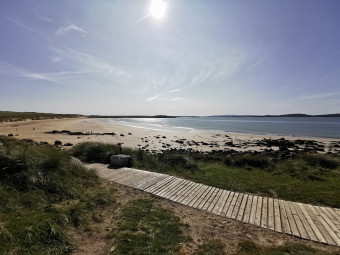Non-communicable diseases (NCDs) remain the greatest cause of mortality in the world, and the numbers affected each year are growing in most countries. People who are impacted by socio-economic vulnerabilities or deprivation, and other vulnerable groups, are particularly susceptible to NCDs. While the factors affecting NCD prevalence are many and their interactions are complex, it is well established that one of the major factors is physical inactivity, and the prevalence of sedentary lifestyles which is an increasing problem in urban areas, in many ways associated with economic development, and is more significant in areas of high economic inequality.
The importance of regular physical activity in reducing NCD risk and for helping with prevention and management of chronic conditions such as diabetes, obesity, and cardiovascular and orthopaedic issues, is well established. The World Health Organisation has recommended that adults in the age range 18-64 should aim to achieve 150–300 minutes per week of moderate-intensity aerobic physical activity, or at least 75–150 minutes of vigorous-intensity aerobic activity, each week in order to maintain good health.
Encouraging physical activity is an important consideration across many disciplines, including medicine and public health promotion, urban design and transportation planning. Increasing rates of physical activity is difficult, however, often due to a lack of awareness, lack of investment in related health messaging and resources. For many people, particularly those who do not engage in active sports, who don’t enjoy or have the ability to use a gym, natural environments provide an important setting for physical recreation. For many people, natural spaces and green and blue urban environments can be attractive and restorative places for physical exercise. In many countries, experience of restrictions on indoor gatherings and activities during the Covid 19 pandemic has shown that outdoor environments became particularly important for physical exercise, both directed and incidental to social interaction.
In many places, particularly urban and sub-urban areas, the value attributed to natural spaces for physical activity has been sustained since the end of pandemic restrictions. Healthy ecosystems also provide an increasingly popular setting for informal outdoor sports, from hiking and running, to climbing and kayaking, surfing and wild swimming. Research has shown that many professional athletes preferentially train in outdoor settings die to the additional mental health benefits provided by connecting with nature.
There are many examples around the world of health authorities, local governments, and health charities promoting outdoor experiences in nature as a means of encouraging physical activity. Front line doctors are also increasingly prescribing outdoor activity for patients at risk of, or dealing with, chronic conditions. In order for such efforts to be successful, they rely on green and blue spaces being publicly accessible, including for marginalised groups and those with compromised mobility. They should also be of sufficient quality – encouraging biodiversity, providing safe paths and play areas, with appropriate seating and litter collection – to keep them attractive, and preferentially they should be designed with input from local communities tp ensure their preferences and needs are addressed. The value of existing public parks and gardens, and other outdoor attractions in urban areas such as zoos, as spaces for moderate physical exercise should also be explored and enhanced.


